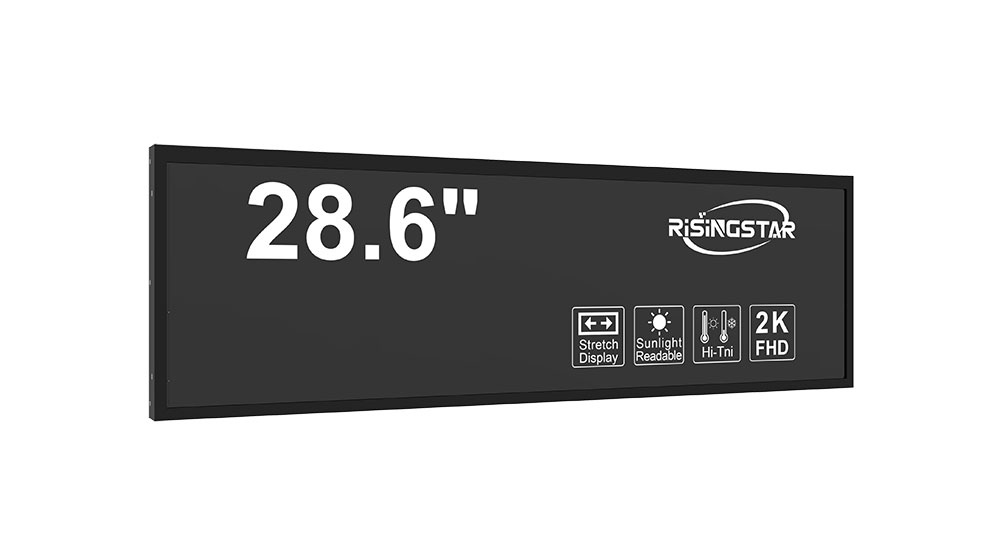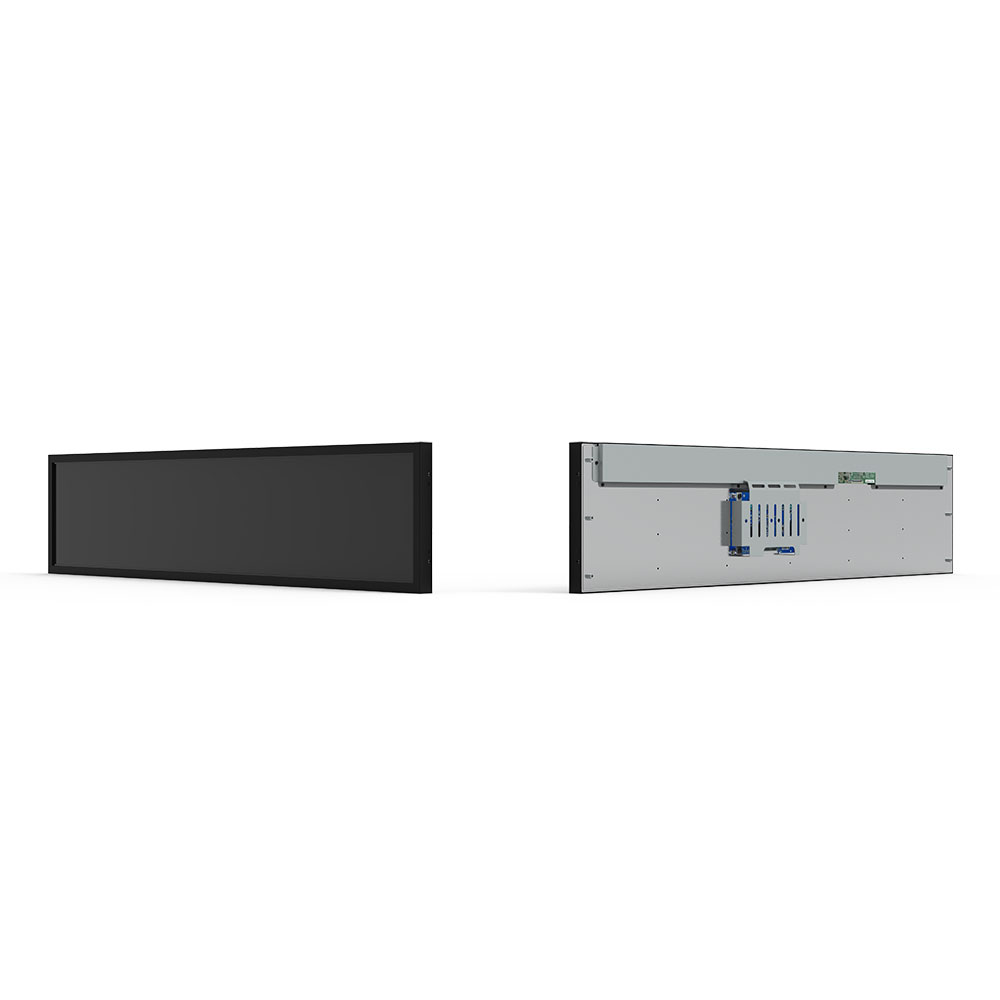- Home
- About Us
- Products
- News
- Video
- Contact
- Send Inquiry
Search
- Home
- About Us
- Products
- News
- Video
- Contact
- Send Inquiry

High-brightness sunlight-readable LCD screens have become essential in modern outdoor display systems, particularly in industries such as transportation, defense, industrial automation, and retail. These displays are engineered to maintain visibility under intense ambient lighting conditions—such as direct sunlight—where conventional LCDs often fail due to poor contrast and reduced brightness. The key metric here is brightness measured in nits (cd/m²), with high-brightness displays typically rated at 3,000 to 5,000 nits or higher, compared to standard indoor LCDs that usually operate between 250–500 nits.
One of the most notable practical applications of these screens is in military field operations, where operators rely on real-time data from radar, GPS, and communication systems. For instance, the U.S. Department of Defense has adopted sunlight-readable displays for vehicles like the Humvee and tactical command units to ensure critical mission data remains visible even in desert or jungle environments. Similarly, in public transit systems like London’s Underground and Tokyo Metro, high-brightness LCDs power passenger information displays, enabling clear navigation despite exposure to direct sunlight during peak hours.
The advantages of these displays are manifold. First, they offer superior contrast ratios through anti-reflective coatings, polarized filters, and advanced backlighting technologies like LED arrays with dynamic dimming. Second, they support wide temperature ranges—from -30°C to +70°C—making them suitable for extreme climates. Third, their rugged design includes sealed enclosures and shock-resistant glass, enhancing durability in industrial settings. According to a 2023 report by MarketsandMarkets, the global market for sunlight-readable displays is projected to reach $6.2 billion by 2028, growing at a CAGR of 9.1%, driven largely by increased adoption in smart cities and IoT-enabled infrastructure.

However, common problems persist. One major issue is thermal management; high-brightness LEDs generate significant heat, which can degrade performance if not properly dissipated. Another challenge lies in achieving uniform brightness across the screen, especially in large-format panels used in digital signage. Additionally, power consumption remains a concern for battery-powered devices, although recent advancements in low-power OLEDs and mini-LED backlights are mitigating this issue.

Latest trends show a shift toward hybrid technologies combining micro-LED and traditional LCD architectures to improve both brightness and energy efficiency. In 2024, companies like LG Display and Sharp introduced new generations of ultra-high-brightness panels with adaptive brightness control based on ambient light sensors—a feature now standard in premium automotive infotainment systems. Furthermore, AI-driven image enhancement algorithms are being integrated to optimize contrast dynamically, ensuring legibility in rapidly changing lighting conditions.

These innovations not only enhance usability but also extend product lifespan and reduce maintenance costs—a crucial factor in enterprise deployments. As environmental sustainability becomes more central to hardware design, manufacturers are also focusing on recyclable materials and energy-efficient components. With ongoing R&D in photonic crystal structures and quantum dot enhancements, the future of sunlight-readable LCDs promises even greater clarity, lower power use, and broader applicability across diverse sectors globally.